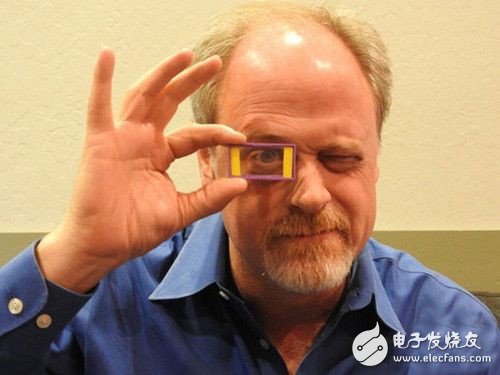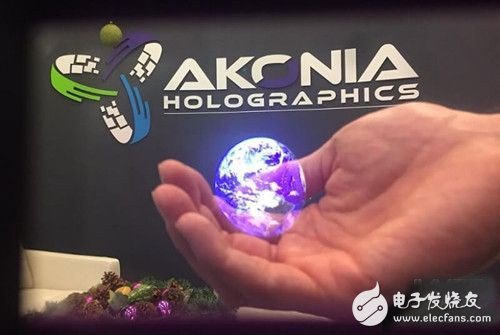According to data provided by consulting firm Digi-CapTIal, the virtual reality market value will reach $90 billion by 2020, which is why technology companies such as Google, Microsoft, Samsung and HTC are smashing their heads. Obviously, there is no product that can be popularized like a smart phone. In addition to technical factors, cost is also a major factor hindering the development of virtual reality devices. The good news is that we can always hear about technological breakthroughs in this area.

Recently, a company called Akonia said that they will use holographic technology to create a low-cost transparent display for the more popular virtual reality smart glasses. Be aware that the performance of virtual reality headsets depends to a large extent on their display technology.
Akonia said they are using a new holographic technology and relying on their high-performance photopolymers and their technical advantages of combining multiple holograms on a single-layer polymer to better control the user's eye. Picture quality and size.
Akonia previously produced storage equipment. In the past year, the company has decided to shift the market and focus on virtual reality displays, using a technique called "HoloMirror" to create a transparent lens that enables it to display computer screens with The external world "visual" is combined.

Akonia transparent lens holographic projection is different from the 3D hologram display we have seen before. The company is now producing holographic reflective and guided optics that can be applied to transparent displays in smart glasses. Akonia said that their technical advantage lies in the ability to achieve high-quality imaging, greater transparency, cheaper cost, and a wide-angle viewing angle (the initial target is a 60-degree viewing range).
Nantong Boxin Electronic Technology Co., Ltd. , https://www.ntbosen.com
